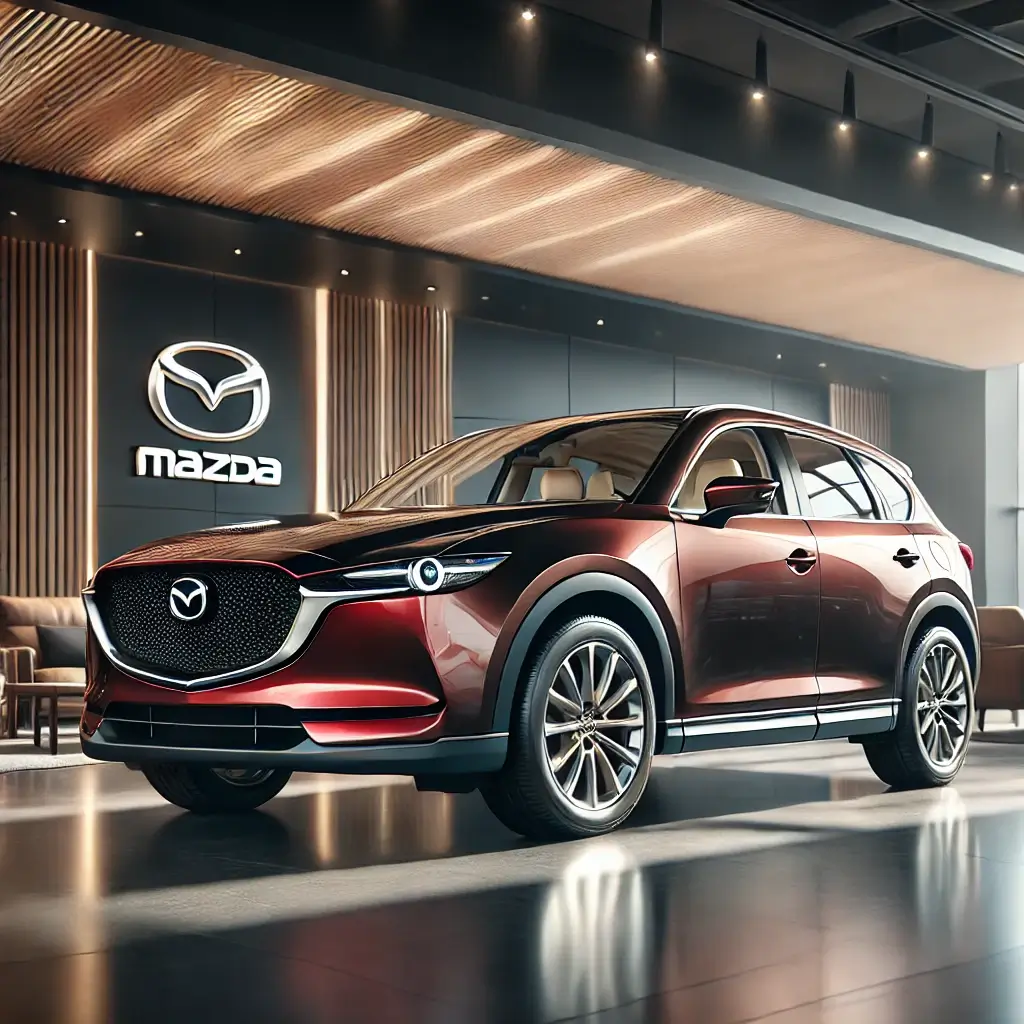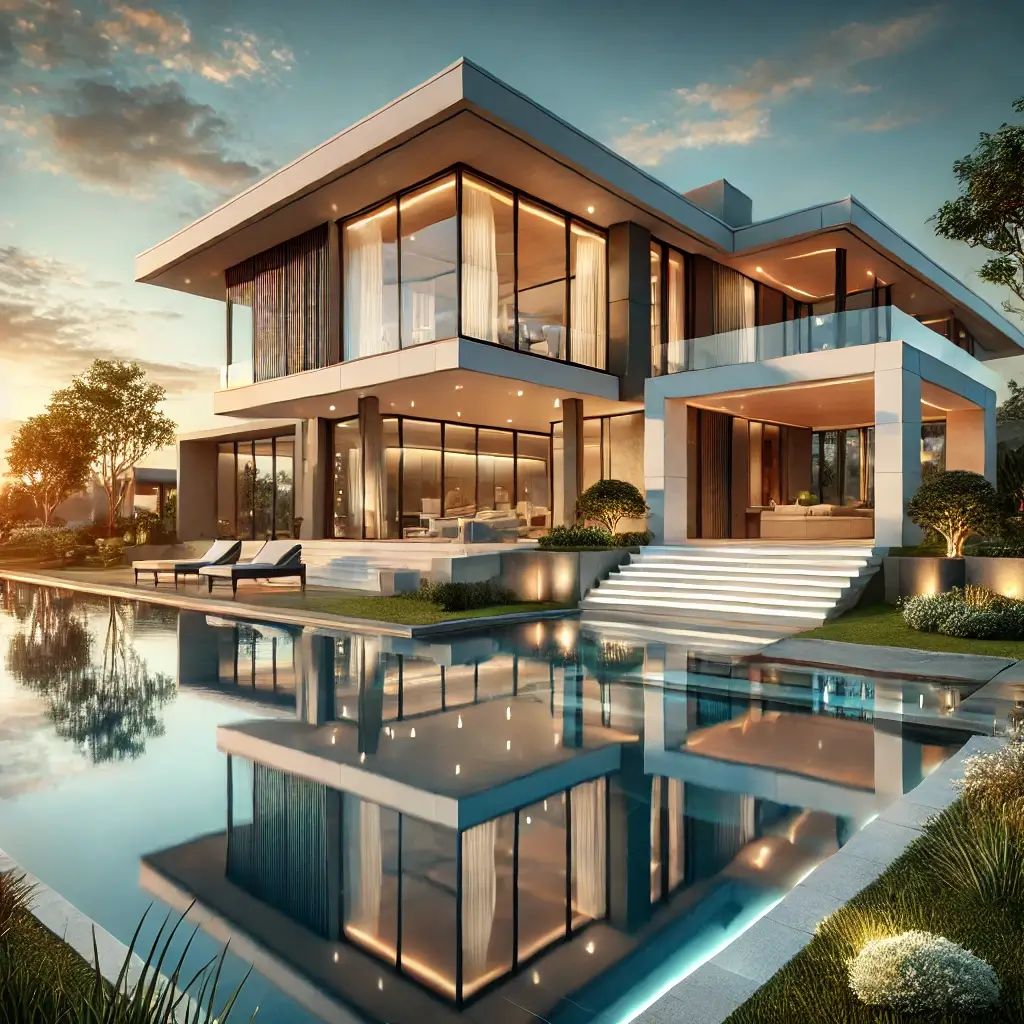What Does Luxury Truly Mean? It’s More Than Just a Price Tag
The word “luxury” is everywhere. We see it on cars, handbags, watches, and vacation packages. But what are we really talking about when we use that word? Is it just about spending a lot of money? Is it about brand names and logos? Or is it something deeper, something more personal and profound? The truth is, the definition of luxury is shifting. It’s becoming less about what you own and more about who you are and how you experience the world.
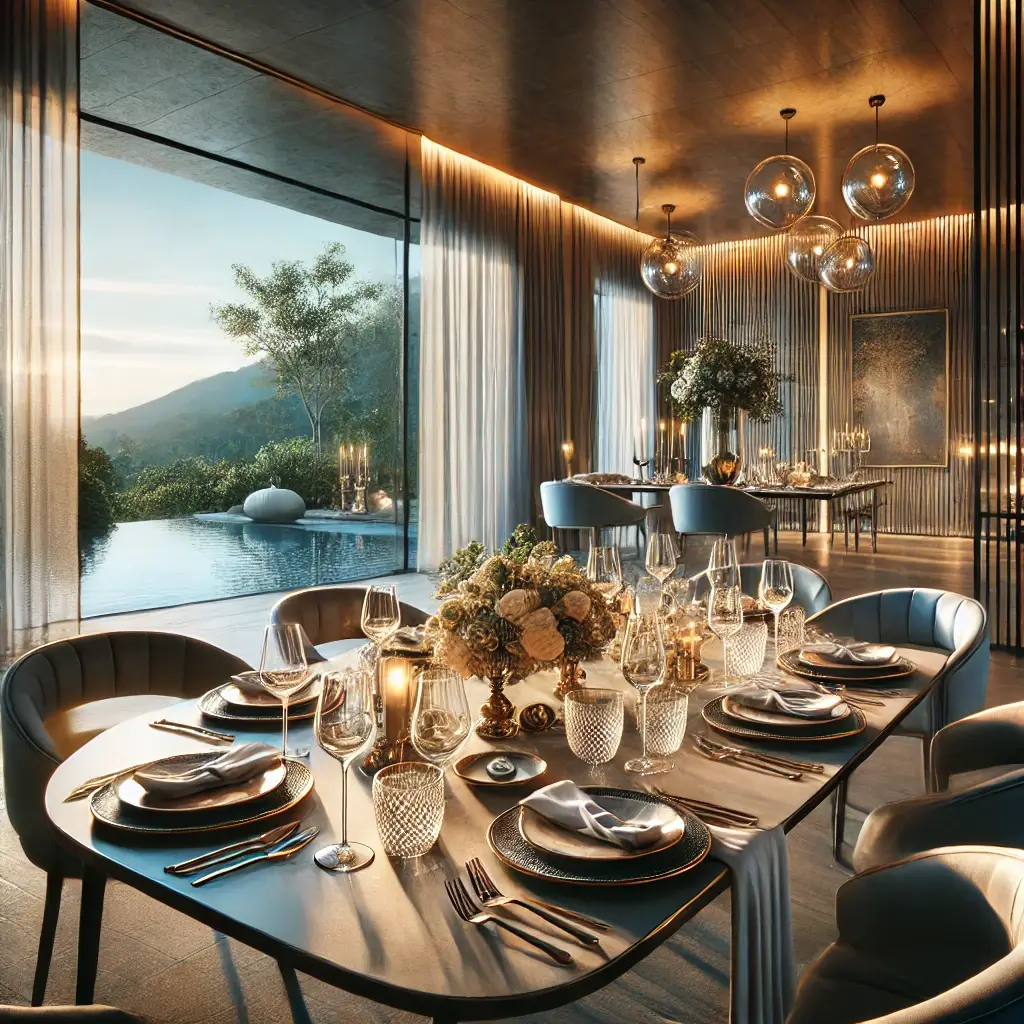
The Classic Definition: Craftsmanship, Rarity, and Heritage
Traditionally, luxury was defined by a few key pillars. These are the elements that separate a truly luxurious item from a merely expensive one.
1. Exquisite Craftsmanship
At the heart of classic luxury is a deep respect for the artisan. We’re talking about items made by hand, by masters of their craft who have spent decades, or even a lifetime, honing their skills. It’s the hand-stitched seam on a leather bag, the perfectly balanced movement of a mechanical watch, or the flawless finish on a piece of wooden furniture. This level of quality is tangible; you can see it and feel it. It’s the opposite of mass production. It’s a commitment to creating something not just for now, but for generations to come.
2. Rarity and Scarcity
Luxury has always been tied to exclusivity. This can be achieved through limited production runs, the use of rare and precious materials (like diamonds, exotic leathers, or rare woods), or simply by a price point that makes it inaccessible to most. This isn’t about snobbery; it’s about preserving the value and specialness of an item. When everyone has something, it ceases to be a luxury. The desire for a luxury good is often fueled by the knowledge that very few people in the world will ever get to own it.
3. Rich Heritage and Storytelling
The most enduring luxury brands have incredible stories. Think of Hermès, which started as a harness workshop in 1837, or Rolls-Royce, which has been a symbol of automotive excellence for over a century. These brands have a heritage, a history of innovation, and a set of values they have maintained over time. Buying into a brand like this isn’t just buying a product; it’s buying a piece of that history. This is often a deciding factor when people ask questions like “is Coach a luxury brand?“—its long history as an American leather crafter is a huge part of its luxury appeal.
“Luxury is the ease of a t-shirt in a very expensive dress.”– Karl Lagerfeld
The Modern Evolution: Experience, Time, and Personal Values
While the classic pillars are still important, our understanding of luxury is expanding. For many, especially younger generations in the U.S., luxury is less about material possessions and more about experiences and personal fulfillment.
1. The Luxury of Time
In our hyper-connected, always-on world, what is more valuable than time? The ultimate luxury today might be the ability to disconnect. It could be an afternoon spent reading a book without interruption, a weekend with no plans, or a vacation where you don’t check your email once. Products and services that save us time or help us enjoy the time we have are becoming the new status symbols. Think of meal-delivery services that give you back an hour every evening, or a smart home that automates daily chores. This is the luxury of convenience and freedom.
2. Luxury as Experience
Why buy a thing when you can buy a memory? The focus is shifting from goods to experiences. This could be a once-in-a-lifetime trip to a remote location, a private cooking class with a renowned chef, or front-row seats to see your favorite artist. These experiences enrich our lives, provide incredible stories, and can’t be replicated. They are inherently personal and exclusive. Even the act of buying a product is becoming an experience. Think of the bespoke service at a high-end tailor or the meticulous design of an Apple store. The experience *is* part of the luxury. It’s the same logic that applies when evaluating a vehicle; when you ask “is Genesis a luxury car,” you’re not just looking at the materials, but the seamless driving experience and the premium customer service.
3. Luxury and Personal Values
Modern consumers are increasingly aligning their spending with their values. For them, luxury means sustainability, ethical production, and authenticity. A luxury brand today might be one that uses recycled materials, guarantees a fair wage to its workers, or is transparent about its supply chain. This is conscious consumerism. The luxury isn’t just in the final product, but in the peace of mind that comes from knowing it was made the “right” way. It’s about feeling good about your purchases on a deeper level. This is where the lines can get blurry for diffusion lines like Armani Exchange. A consumer might ask, “is Armani Exchange a luxury brand,” and the answer depends on whether they prioritize the parent brand’s heritage or the diffusion line’s more accessible, trend-focused approach. Similarly, brands like Giani Bernini, often sold in department stores, raise the question “is Giani Bernini a luxury brand,” prompting a debate about accessibility versus exclusivity.
The Little Luxuries: Finding Joy in the Everyday
Luxury doesn’t have to mean spending thousands of dollars. It can be found in small, everyday moments of exceptional quality and pleasure. It’s about elevating the mundane. This is perhaps the most accessible and personal form of luxury. Here are a few ideas for incorporating “little luxuries” into your life, with some curated picks from Amazon.
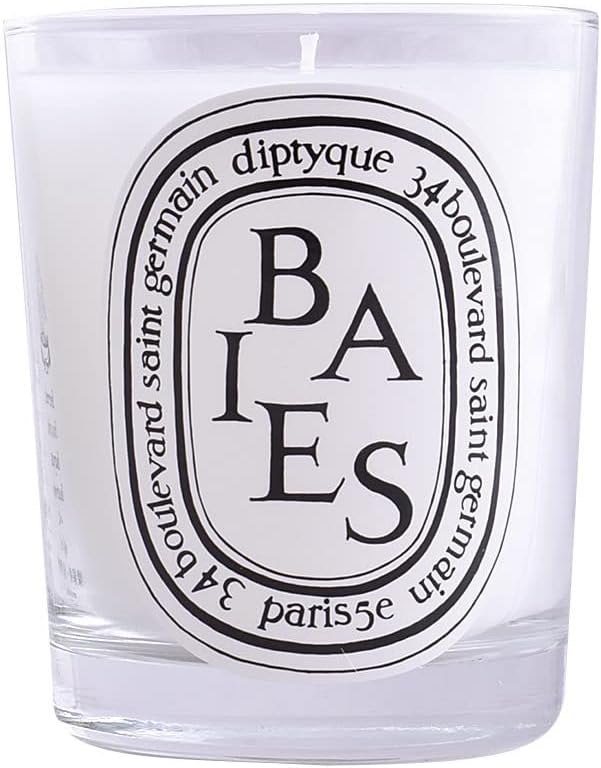
Diptyque Baies Scented Candle
The luxury of scent. Lighting a beautifully crafted candle with a complex, evocative fragrance can instantly transform the atmosphere of your home, turning a regular evening into a serene ritual.
View on Amazon
Fellow Stagg EKG Electric Kettle
The luxury of a perfect daily ritual. For the coffee or tea lover, this kettle offers precise temperature control and a beautiful, minimalist design. It elevates the simple act of making a hot drink into a mindful experience.
View on Amazon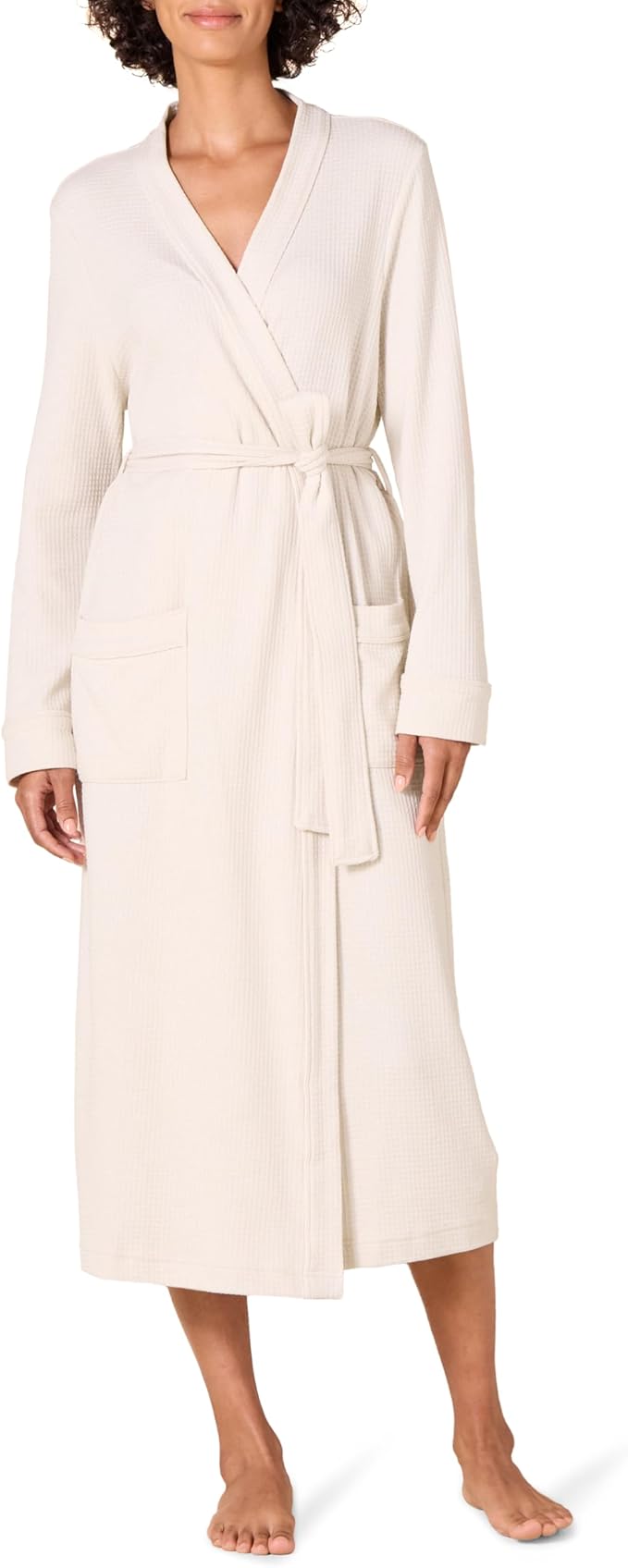
Parachute Home Cotton Robe
The luxury of comfort. Wrapping yourself in a soft, absorbent, and beautifully made robe after a bath or shower is a simple act of self-care that feels incredibly indulgent. It’s like bringing a five-star hotel experience home.
View on AmazonConclusion: Luxury Is What You Define It to Be
So, what does luxury mean in today’s world? There’s no single answer. It is a deeply personal concept that is constantly evolving. It can be a multi-million dollar supercar, but it can also be an afternoon of uninterrupted silence. It can be a handbag with a century of history, or it can be a simple, ethically-made t-shirt that you know will last for years.
Luxury is a blend of exceptional quality, deep personal resonance, and a feeling of being special. It’s about choosing to surround yourself, not with the most expensive things, but with the best things—the things that bring you joy, comfort, and a sense of profound satisfaction. Ultimately, the greatest luxury is living a life that feels authentic and fulfilling to you.
Frequently Asked Questions
Is luxury the same as being expensive?
Not necessarily. While true luxury items are often expensive due to high-quality materials and skilled craftsmanship, not everything expensive is a luxury. An item can have an inflated price tag due to marketing or hype without offering the quality, heritage, or experience of a true luxury good. Conversely, a “little luxury,” like a high-quality coffee or a beautifully crafted pen, might be relatively affordable but provide a genuine sense of indulgence.
How is “premium” different from “luxury”?
This is a great distinction. “Premium” generally refers to the top tier of mass-market goods. A premium product is high-quality, well-made, and often more expensive than the standard version, but it’s still accessible and produced at scale. “Luxury” implies a higher level of exclusivity, craftsmanship, heritage, and emotional connection. For example, a high-end Toyota could be considered premium, while a hand-built Rolls-Royce is luxury.
Can a brand lose its luxury status?
Yes, absolutely. A luxury brand’s status is fragile and relies on maintaining its core principles. If a brand over-licenses its name, reduces its quality to cut costs, becomes too widely available (diluting its exclusivity), or loses its connection to its heritage, it can erode its luxury status over time. This is a constant challenge for heritage brands trying to stay relevant in the modern market.
